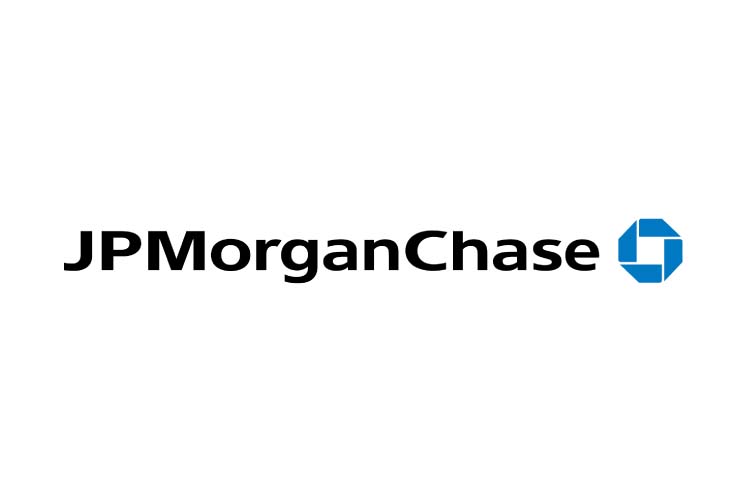Brand Finance conducted research on bank brands in 22 markets to see how customers’ opinions have changed in an era of major disruption to the industry.
David Haigh, CEO of Brand Finance, commented: “As global banks retreated after the Great Recession, the traditional banking model has changed. The prevailing trends suggest FinTechs and niche “challenger banks” are biting into big banks’ profits and luring their customers away with better quality service at lower prices. Traditional banks tend not to be set up as quick innovators. Instead, they compete for customers’ trust and our research indicates which banks are the most trustworthy.”
The 2016 average trust score for US banks was 64.9%, compared to 60.5% in the UK, an impressive 77.0% in China, and the meager-by-comparison 47.0% in Spain.
JP Morgan Chase – Leading the Race
The results of the retail division of JP Morgan Chase clearly show that it has managed to stay relatively scandal-free, compared to its investment division counterpart, whose reputation has not recovered since 2008. JP Morgan Chase’s CEO, Jamie Dimon, appointed in 2006, is held largely responsible for steering the bank through the financial crisis and the bank’s assets have risen by more than 100% since his appointment, while earnings have increased threefold. It is particularly interesting to look at his impact on customer loyalty and trust. In today’s social media-driven society, controversial statements such as those he has made on bitcoin and Trump, have led him to “trend” globally, thus helping to bring the brand into the public eye and particularly to the attention of millennials – who were found to be the most likely age bracket to switch to Chase. Adding to this, the brand is openly planning on both investing in and collaborating with FinTechs, which is a tremendously enticing selling point for younger customers.
Another attractive aspect from a potential customer perspective is Chase’s focus on sustainability. A clear example of this is the “Invested in Detroit” campaign, designed to revitalize both the community’s local housing and job market. Echoing this, the bank also clearly demonstrates its future commitment to the environment on a global scale, claiming it will source 100% of its global energy needs through renewable power by 2020.
Finally, Chase is one of the US banks with the most branches nationwide, making it easily accessible and giving it a physical presence across the US which helps remind consumers of the option to bank with them.
Citi Draws Customers with New Marketing Campaign
Citi was proven to be the 2nd most popular bank that customers would be willing to switch to. This coincides with the brand’s first major marketing effort since 2014. The “Make It Here” campaign, launched in early 2016, highlighted the smooth integration of Citi banking into everyday life and focused on the consumer’s wants and needs. This shows a clear shift from the brand’s previous marketing focus on functionality, to a more customer-driven effort, helping to increase customer loyalty. In addition, Citi’s Pathways to Progress initiative, empowering young, ambitious millennials to develop essential workplace skills, demonstrates the brand’s commitment to the younger generation, who were shown to be the age group most likely to switch between banks.
Wells Fargo Continue to Sink as Investigations Drag On
It will come as no surprise that Wells Fargo was voted the least trusted bank, with a trust level of only 47.2%, following the catastrophic account opening scandal. The number of unauthorized accounts opened has been estimated at around 3.5 million between 2002 and 2017, and has resulted in over 5,000 job losses. The extent of the scandal is still being investigated as further developments are uncovered.
U.S. Bank Has the Most Loyal Customers
U.S. Bank was proven to have the most loyal customers, with 60.2% stating they were very unlikely to switch to competition. This is largely related to the bank’s sales model that encourages branch managers to approach members in the community, predominantly local business owners, with the main aim of developing relationships instead of pushing a hard sale. This innovative approach helped the brand achieve greater loyalty among its customers who feel confident discussing any problems they encounter and are more likely to work with the bank to solve them together.
- Brand Finance launches banking market research on US bank brands
- JP Morgan Chase is the most popular bank to switch to, with a score of 15.8%
- U.S. Bank has the most loyal customers, with a score of 60.2%










